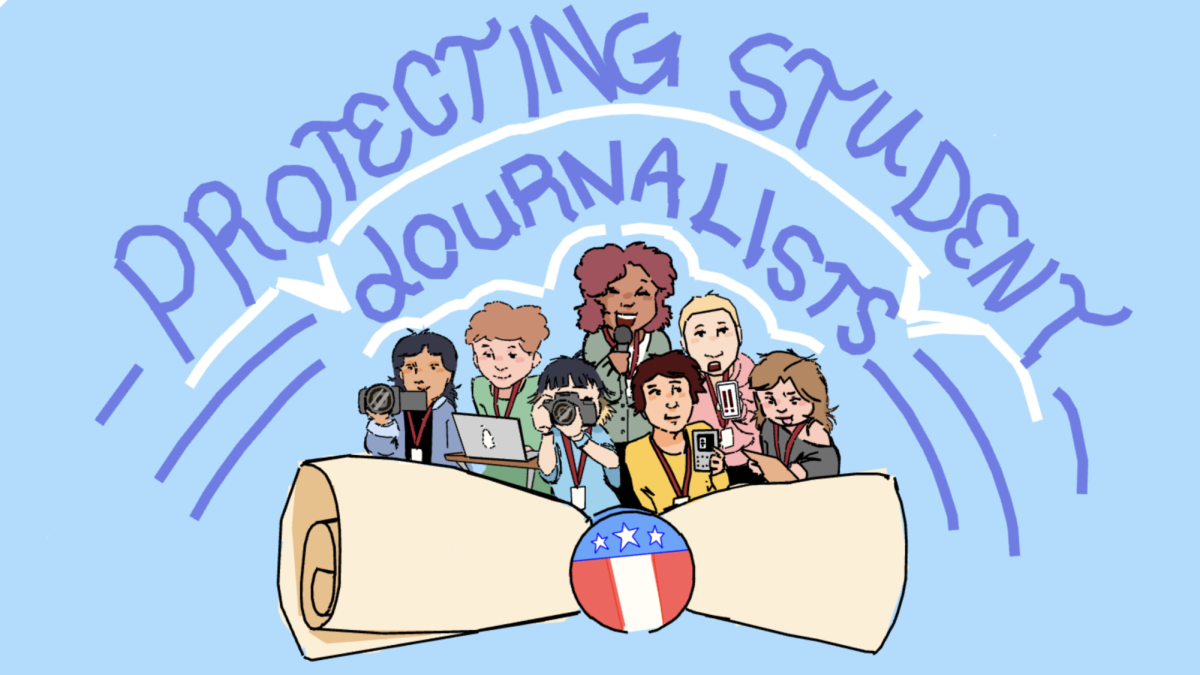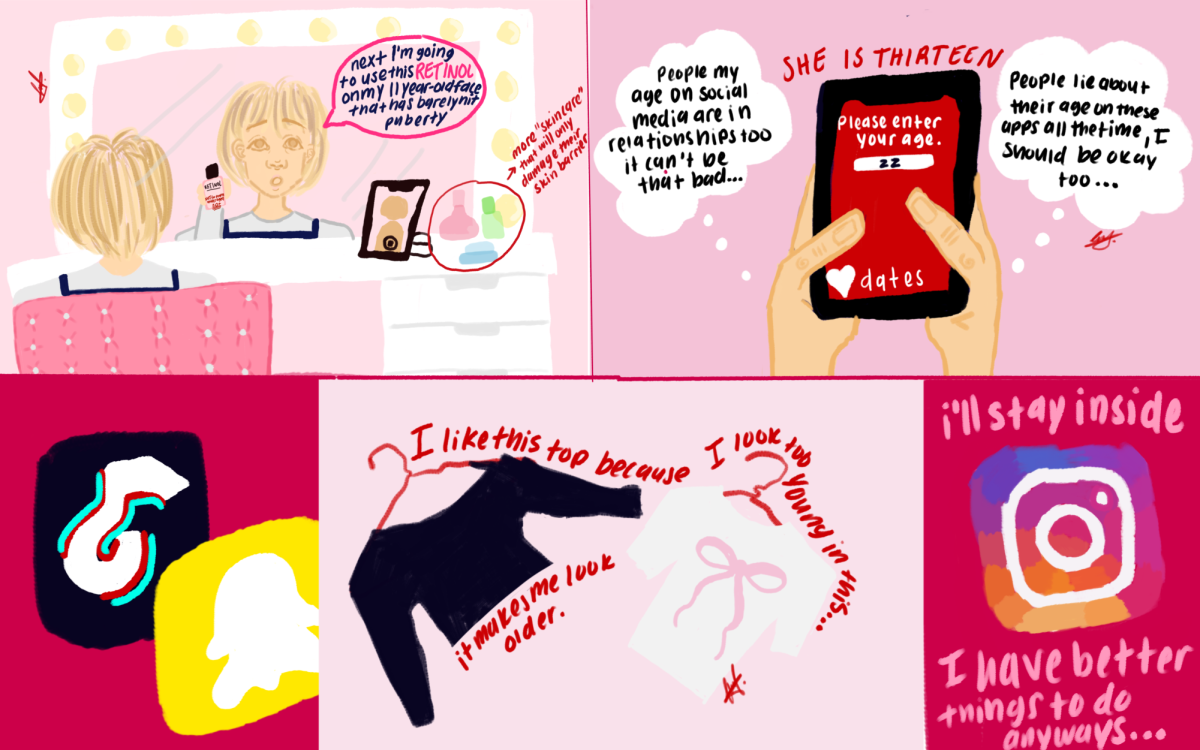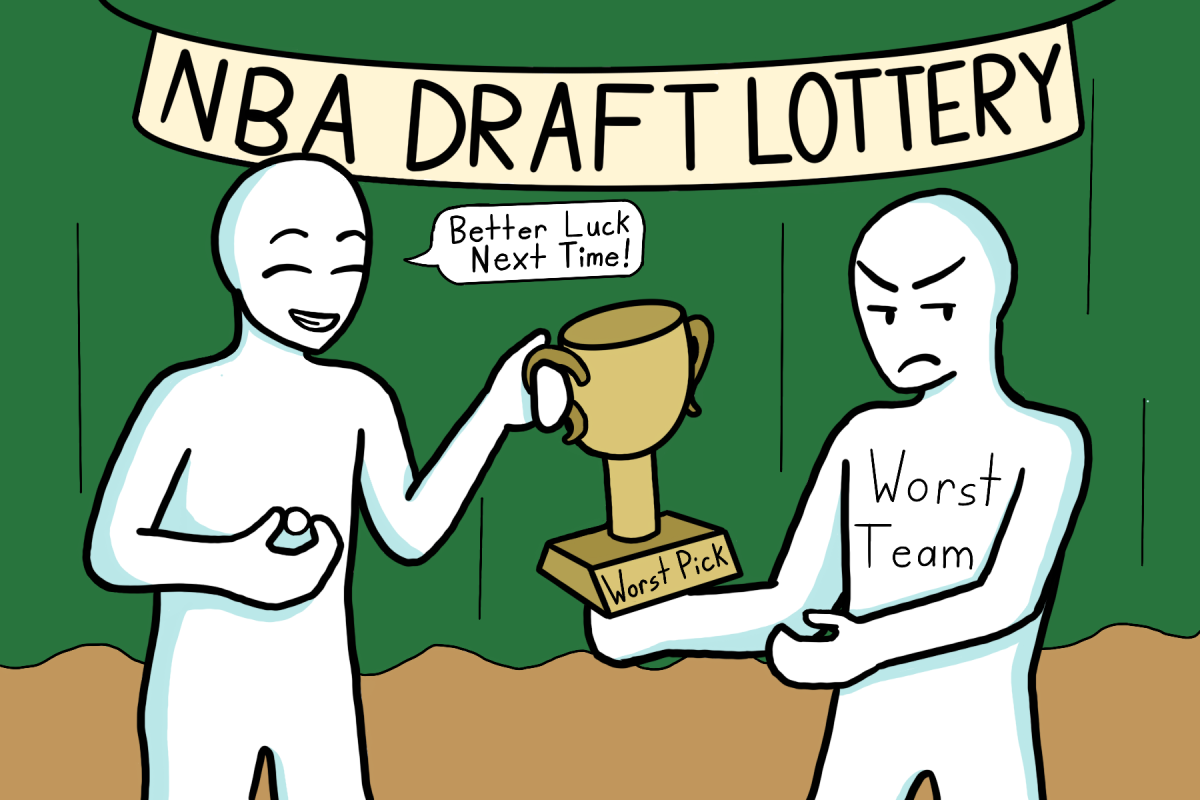
*This story was originally published in the second quarter issue of the Eagle Eye*
Bullying. Self-harm. Body image. Suicide. All are monumental problems faced by many teens coming from all walks of life. All need to be addressed. That’s where the PSAs and the cautionary tales come in: heartbreaking stories of girls and boys who have taken their own lives and the bullying that has pushed them to do so. Take the ABC Family film “Cyberbully” or the more popular “13 Reasons Why.” Or, to look more closely at the issue, watch the most recent product of adult attempts to reach out to teens: the independent film “Listen.”
Each of these products heralds itself as a conquest in teen understanding, in “raising awareness” and “starting a conversation.” Marjory Stoneman Douglas High School dedicated an entire school day to “discussion” about feelings and reactions to the film “Listen”. But is starting a conversation enough to help teens anymore?
It seems that the idea of “raising awareness” has begun to act as a blanket statement, an excuse for any questionable content. Take, for example, the self harm scene in “13 Reasons Why.” Many accused the scene of being harmful. The declarations were everywhere when the show was first released, with celebrities like Paris Jackson declaring it “extremely triggering.” Of course, when presented with this, the creator of the story accused viewers of “shutting down conversation.”
Not only do defenses like that prevent any actual discussion about an issue, but they also do not work. Blanket rejections of criticism do nothing but ignore those who have actually found the content problematic. Such problems are obvious, with one family even naming the show as a key component in their child’s suicide. Despite the intent, the need to start a conversation is not an acceptable excuse for using graphic content that may trigger an individual struggling with these issues.
Despite the presence of powerful storylines in “Listen,” the movie contains this same flaw seen in so many other teen dramas- the lack of discussion about mental health. For all of the shocking actions shown, rarely does the film go beyond the shock factor and delve into the specifics. The film never even mentions anorexia or mental illness.
The film’s climax contains one of the most controversial scenes: a graphic display of self-harm. The intention behind showing the full brutality of the scene is not fully clear. Perhaps, just as the creator of “13 Reasons Why” said, it’s because “we don’t show how horrific it is.” However, to simply show the horrors of self-harm is not enough.
The character at the crux of this triggering scene has one of the most cringe-worthy conclusions. After an emotional conversation, the girl reveals she “wants to be happy” and “not perfect.” Yes, these are both reasonable desires. But why were they not explored in depth at all earlier in the movie?
If she has dealt with these crippling expectations, then they need to be both displayed and discussed. She gets no further conclusion, so one must assume that her confession is the healing point, something that overly simplifies the long journey many must make to heal.
During the showing, Ehram Christopher, the writer and director of “Listen,” described his intentions more clearly. During the span of his lengthy Q&A session, he spoke to many students about their own stress and problems in life. He mentioned his desire to turn the film into a curriculum, to dedicate time to dissecting why the characters did what they did and how to prevent it.
The plans and actions are wonderful in theory and clarify the messier parts of the film. Yet, not every person that watches “Listen” is going to get an hour long Q&A with the director and writer or a class dedicated to its analysis. Not every person watches “Listen” knowing the intent of every scene as described by Christopher. Not every person watches “Listen” with the intention of joining larger conversation among teens and adults. This is where the biggest flaw lies.
This movie should be able to stand alone. People need to be able to watch a movie about mental issues and teen struggles and actually gain something from it. They must gather something more than just a variety of shocking events thrown onto a screen. A movie cannot rely on the discussion that follows it. It must carry its message in its content, not in vague messages that are later explained.
The message of “Listen” is well-meaning. To pay attention to teens, to not dismiss them, is important. But to just say “listen” is too vague. To display the film to all of these teens, some who clearly seem to have mental illnesses, disabilities and disorders, and then just tell them to “listen” is barely any guidance. Simply pointing out the injustices teens face and giving a one word response is not enough. It is a nuanced, complex web of issues, and the barrage of films about said issues is not doing enough. Rather than just start a conversation, these films should BE the conversation. We deserve more than just listening. We need them to speak.










